Plastic is amazing
The way we handle it is not

We all know that plastic has caused havoc on the planet for some time now. However, we have failed to realize an important detail; plastic has revolutionized the world, and the pollution is not the fault of plastic, it is a fault of our own. We would all be in much more difficult situations if we couldn't use plastic for our everyday items. Toothbrushes, cups, to chairs and pencil sharpeners all have plastic varieties. The problem is that these things are not built with the same tenacity as plastic offers and usually have to be replaced. It is well known that plastic sticks around for up to 1000 years, so why don't we treat it that way? As humans we must reinvent the way we see and use plastic.
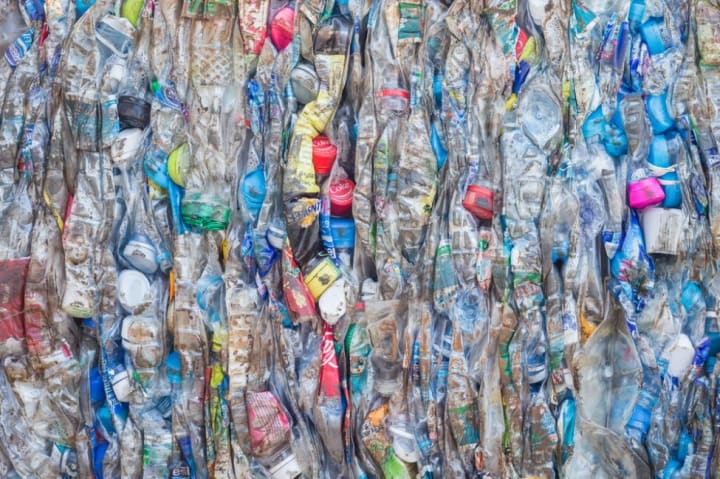
How we use plastic now: The cons
If you go to any store you will find plastic in many diverse forms. Plastic itself can be made from coal, natural gas, petroleum, crude oils, and cellulose. Once we've made plastic it is sadly too late to reinsert it back into the earth where it can't choke animals, so we must get smart. At our current state most plastic is still used for single use items despite the fact it is not practical. Because plastic has been cheap for companies to produce, it has remained the top man made material along with cement and metal. From the bristles of brushes to medical equipment it is obvious that plastic is an essential part of our lives now. We are just now seeing the long term effects of this, they were inevitable though. If you use a slightly toxic material for millions of products that do not decompose and are treated as trash, this is an obvious outcome.

How we can use plastic: The future
Imagine no plastic filling our oceans, but instead supporting a durable community. Since we have realized the true potential of plastic companies are finally getting innovative. Plans for the future include making floors, decks, house infrastructure, and even roads from recycled plastic. This is not only a victory for animals and the well being of our planet, but a sort of industrial "revolution". Although this will produce emissions as every factory does, it is a better step in our journey to clean the Earth of our mistakes. Since "A one-kilometre stretch of road made with its mix would use the equivalent of about 684,000 plastic bottles or 1.8m single-use plastic bags.", these companies should be able to make an impact on our level of waste.
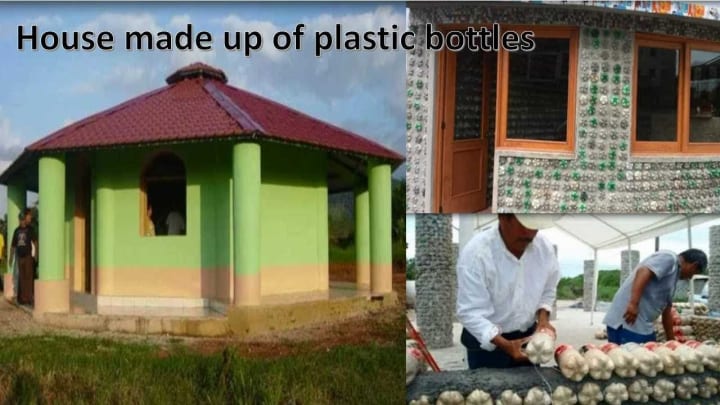
As citizens of this plastic world, we have had our own ideas of how to make plastic our new friend. Since plastic does have such a wide availability and expresses a type of strength, it can be used in construction. Some have even taken this to a new level and decided to make plastic islands decorate our shoreline. A man named Richart Sowa began building his island around 2010 off the coast of Isle Mujeres. If one man can build a small island such as this, the potential if companies were involved could create amazing results.
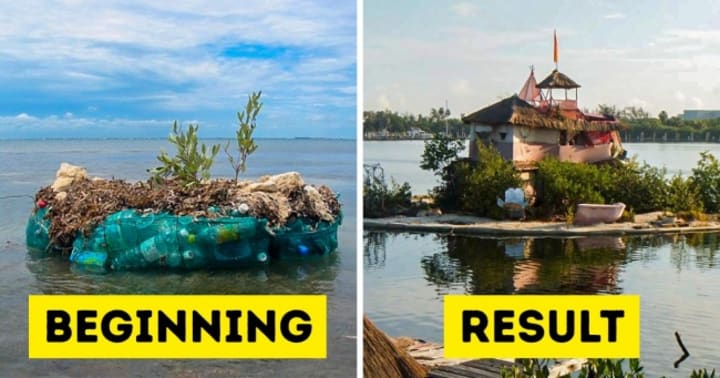
Plastic has not only given us new outlets for construction, it has also gifted artist with new passion. An increase of recycled plastic art work has increased steadily with our awareness of plastic. Even if these artist don't know it, they are proving to the world just how versatile plastic is.

The science of plastic: Why it's amazing
Everyday use plastics have commonly been separated into seven categories.
- 1 – Polyethylene Terephthalate (PET or PETE or Polyester) ...
- 2 – High-Density Polyethylene (HDPE) ...
- 3 – Polyvinyl Chloride (PVC) ...
- 4 – Low-Density Polyethylene (LDPE) ...
- 5 – Polypropylene (PP) ...
- 6 – Polystyrene (PS) ...
- 7 – Other
All of these plastics create our bed frames, umbrellas, contact lenses, keyboards etc. The ability to form plastic from raw materials such as crude oils and cellulose (from wood) was itself a type of scientific break through. It has allowed our everyday lives to be more convenient, and for economies to flourish. Where it becomes tricky is how we use the plastic after it's original purpose, which in most cases is single use. The type of plastic is the key to what we can use it for. Not all plastics are currently recycled at facilities. This means the left over types have a molecular structure the recycling plants cannot easily give a new life. This is because when plastics are being created, many are given additives that make them un-recyclable. Not all plastics are created equal. So, must think of new ways to give this plastic the life it deserves after it's first use.
Click here for a detailed article on the science of plastic creation.
Important note on recycling!
While we wish that all plastic was recyclable, it is not.
Do your self a favor by recycling correctly and being creative with the types you cannot recycle.
If in doubt, only recycle labels 1,2, and 5.

- Plastic made from wood and bamboo.

As I mentioned, some plastics are actually made from wood and bamboo cellulose. While most plastics take longer to decompose, these types of plastics, if formed correctly, can be much more eco-friendly when made into trash-able products. Although I believe making plastic into items we would eventually throw away was our mistake, this is a better alternative. Since these plastics are made with natural cellulose or fibers from bamboo, once they are bonded with polymers they create this type of plastic. This type of bond makes them much more "natural" and easier to eventually degrade.
Final words on plastics
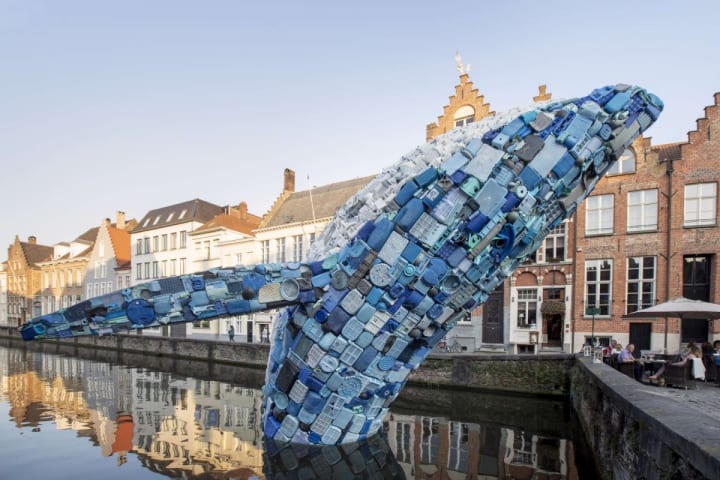
I believe the current use of plastic is a misleading view of how we can use plastic in the future. Not all plastic has made its way into a bad position, but that doesn't mean it is being used in the most efficient way. The recycling and banning of plastics has helped, but fails to mention how plastic can be used for the better. Finding better ways to use the plastic we have already created could solve many of our problems if we consider using it as a tool for a better future. The day when plastic makes lasting cities, cars, roads, or even organ replacements does not seen impossible to me. I am sure with humanities perseverance plastic can do even more amazing things than what I have listed, all while cleaning up our past plastic mistakes. Creating plastic has offered us diversity in its ability, now we must push ourselves even further and create smarter with plastics.
Thank you for reading!
And thank your device's plastic parts.
About the Creator
Sophia Geno
I love to write about travel, poems, art, and social issues. Stay with me for Korean content, and more!





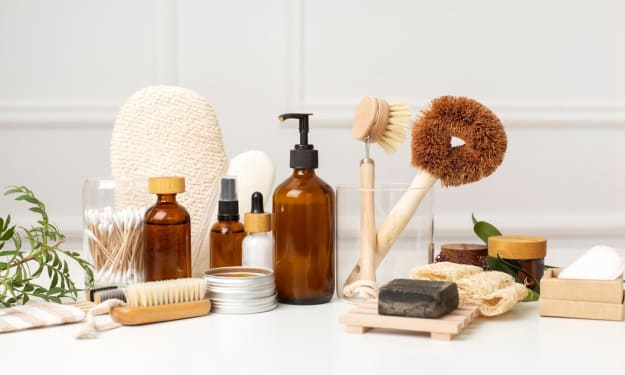

Comments
There are no comments for this story
Be the first to respond and start the conversation.